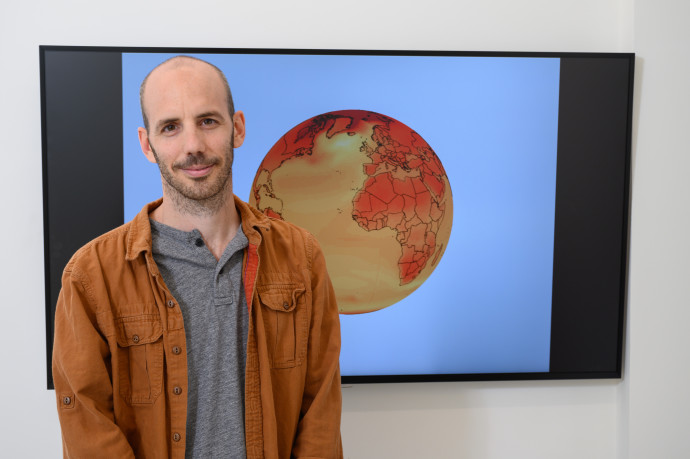A team of scientists from the Earth and Planetary Sciences Department at the Weizmann Institute, led by Dr. Rei Chemke, has found a considerable intensification of winter storms in the Southern Hemisphere.
Until now, climate models have projected a human-caused intensification of winter storms only toward the end of this century, but a new study, conducted in collaboration with Dr. Yi Ming of Princeton University and Dr. Janni Yuval of MIT, challenges those projections.
Chemke and his team compared climate model simulations with current storm observations. Through their research, it became clear that storm intensification over recent decades has already reached levels it was projected to reach no earlier than 2080.
“A winter storm is a weather phenomenon that lasts only a few days. Individually, each storm doesn’t carry much climatic weight. However, the long-term effect of winter storms becomes evident when assessing cumulative data collected over long periods of time,” Chemke explained.
“One example of this is the role the storms play in regulating the temperature at the Earth’s poles," he said. "Winter storms are responsible for the majority of the heat transport away from tropical regions toward the poles. Without their contribution, the average pole temperatures would be about 30°C lower."

Cumulatively, these storms have a significant impact, affecting the transfer of heat, moisture and momentum within the atmosphere, which consequently affects the various climate zones on Earth.
The collective intensification of these storms yields a real and significant threat to societies in the Southern Hemisphere in the upcoming decades.
“We chose to focus on the Southern Hemisphere because the intensification registered there has been stronger than in the Northern Hemisphere,” Chemke said.
“We didn’t examine the Northern Hemisphere, but it seems that the intensification of storms in this hemisphere is slower compared to that in the Southern Hemisphere," he said. "If the trend persists, we will be observing more significant winter storm intensification here in the upcoming years and decades.”
"We will be observing more significant winter storm intensification here in the upcoming years and decades."
Dr. Rei Chemke
The researchers discovered the physical process behind the storm intensification. An analysis of the growth rate of the storms showed that changes in atmospheric jet streams over the past few decades have caused these escalations, and current climate models are unable to reflect these changes accurately.
Chemke, Ming and Yuval’s study has two immediate, significant implications.
First, it shows that not only will climate projections for the coming decades be worse than what previous assessments have predicted, but the study also suggests that human activity might have a greater impact on the Southern Hemisphere than previously thought.
This means that rapid and decisive intervention is required in order to halt the climate damage in this region.
Second, a correction of the bias in climate models is needed for more accurate climate projections.
